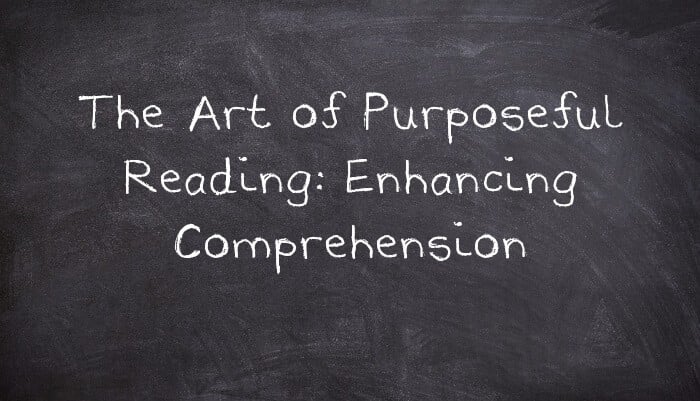Purposeful reading and how it can improve comprehension
Purposeful reading allows you to harness the power of focused and intentional reading, helping you to grasp new vocabulary faster and unlock deeper comprehension of complex texts. Whether you're a beginner or advancing in your linguistic journey, purposeful reading is the key to accelerating your progress, enhancing retention, and truly immersing yourself in a new language.
Reading for main ideas
When you read for main ideas, you focus on identifying the most important information in a text. This can help you understand the overall structure and organization of the text, and identify the author's main points.
Tips:
- Read the introduction and conclusion to get a sense of the text's main idea
- Look for headings and subheadings to help guide your reading
- Take notes on the main points as you read
- Summarize the main idea in your own words after finishing the text
Reading for supporting details
When you read for supporting details, you focus on identifying the specific information that supports the main idea. This can help you understand the author's argument or point of view, and how it is supported by evidence.
Tips:
- Look for examples, facts, and statistics that support the main idea
- Pay attention to how the author uses evidence to support their claims
- Take notes on the supporting details as you read
- Consider how the supporting details contribute to the overall argument or main idea
Reading for vocabulary
When you read for vocabulary, you focus on identifying and understanding new words and phrases. This can help you improve your vocabulary and enhance your understanding of the text.
Tips:
- Look for words and phrases that are unfamiliar to you
- Use a dictionary or glossary to define unfamiliar words
- Take notes on new words and phrases and their meanings
- Practice using new words in context to reinforce your understanding
Reading for tone and mood
When you read for tone and mood, you focus on identifying the author's emotional attitude towards the subject matter. This can help you understand the author's perspective and how it contributes to the overall meaning of the text.
Tips:
- Pay attention to the words and phrases the author uses to convey their emotions
- Identify the emotions the author is expressing, such as anger, happiness, or sadness
- Consider how the tone and mood contribute to the overall effect of the text
Reading for rhetorical devices
When you read for rhetorical devices, you focus on identifying the literary techniques that authors use to convey their message. This can help you understand how the author is using language to persuade or convey their message.
Tips:
- Look for techniques such as metaphor, simile, imagery, and allusion
- Identify how the author is using rhetorical devices to convey their message
- Consider how the rhetorical devices contribute to the overall effect of the text
Overall, purposeful reading involves actively engaging with the text and focusing on specific aspects of the text to enhance your understanding. By practising these different types of purposeful reading, you can improve your comprehension and get more out of your reading.
